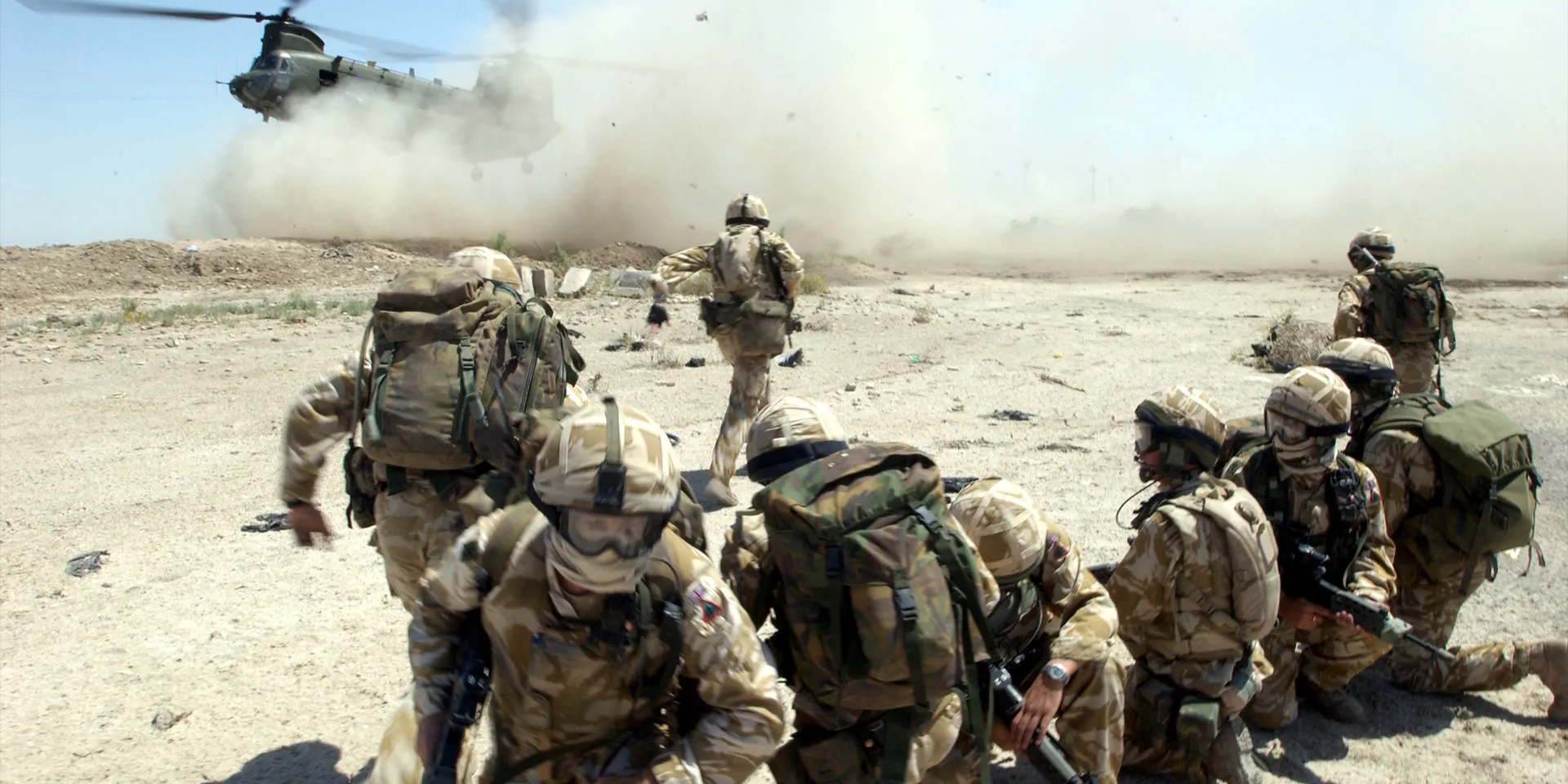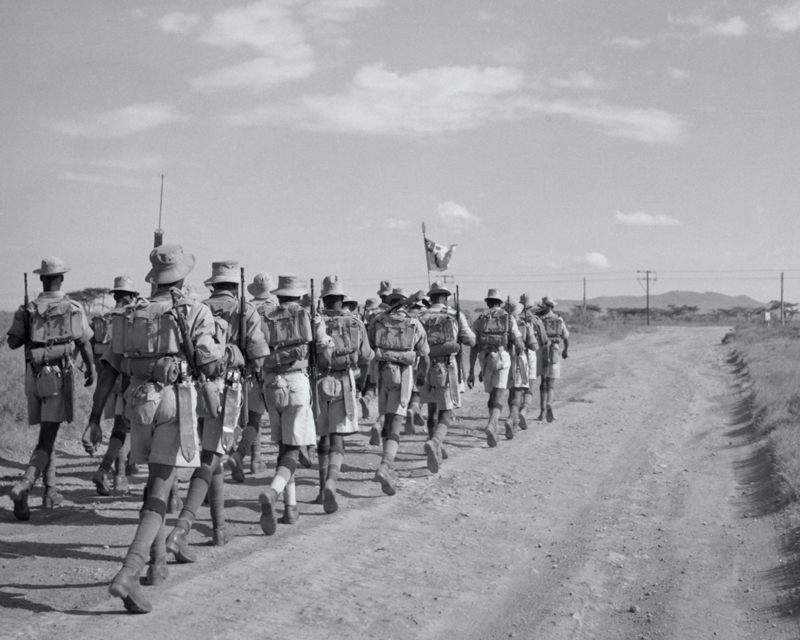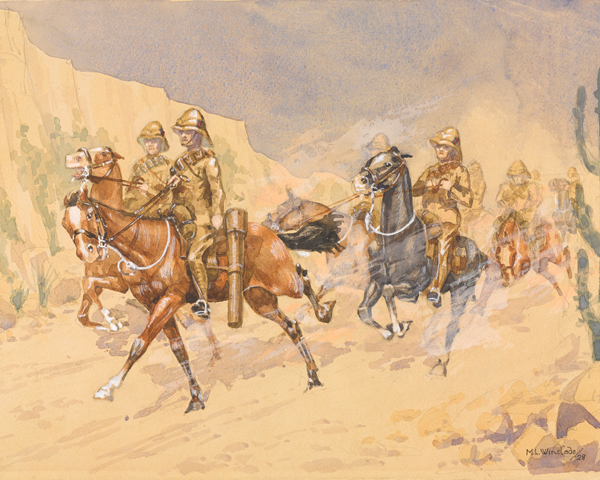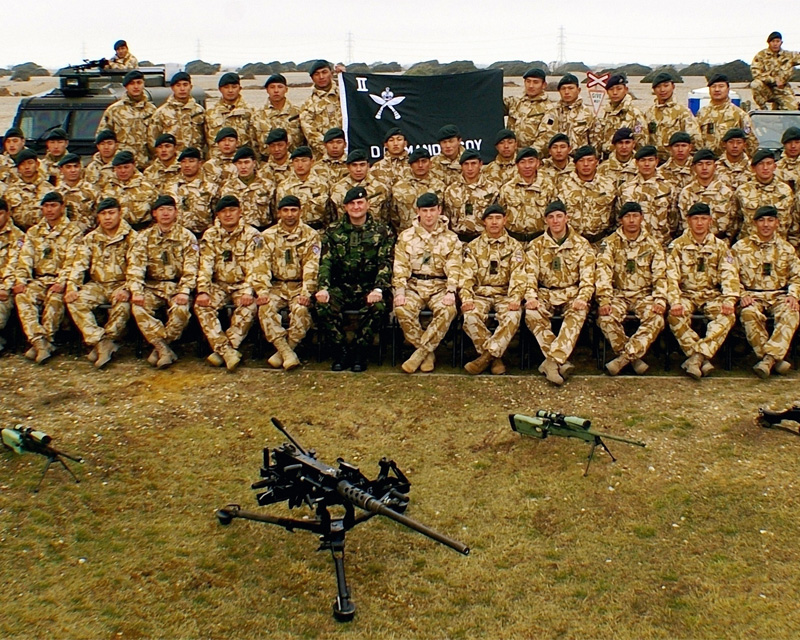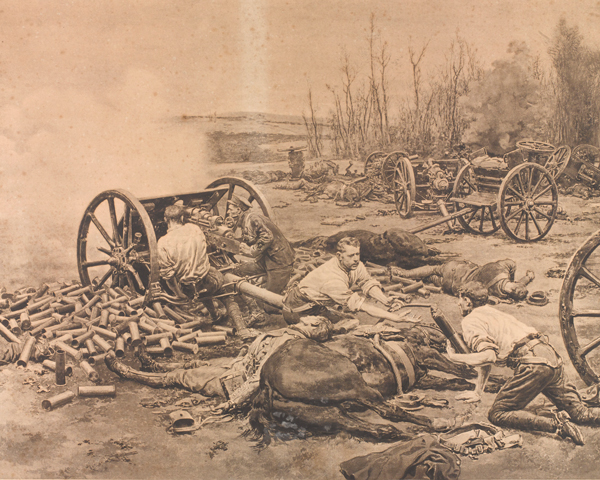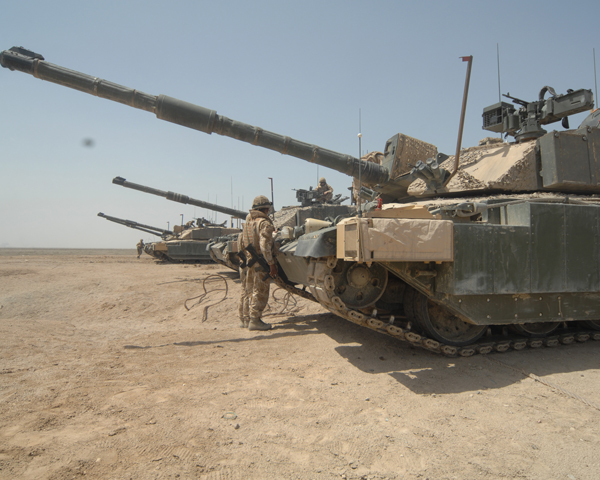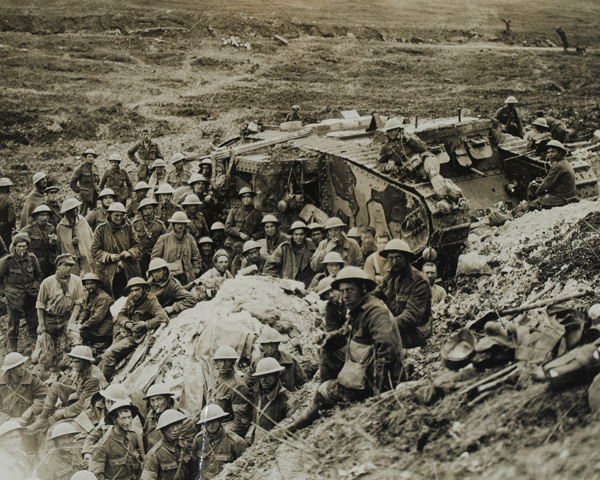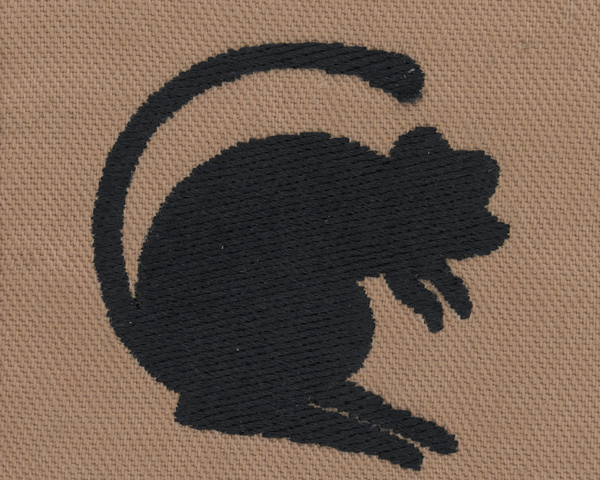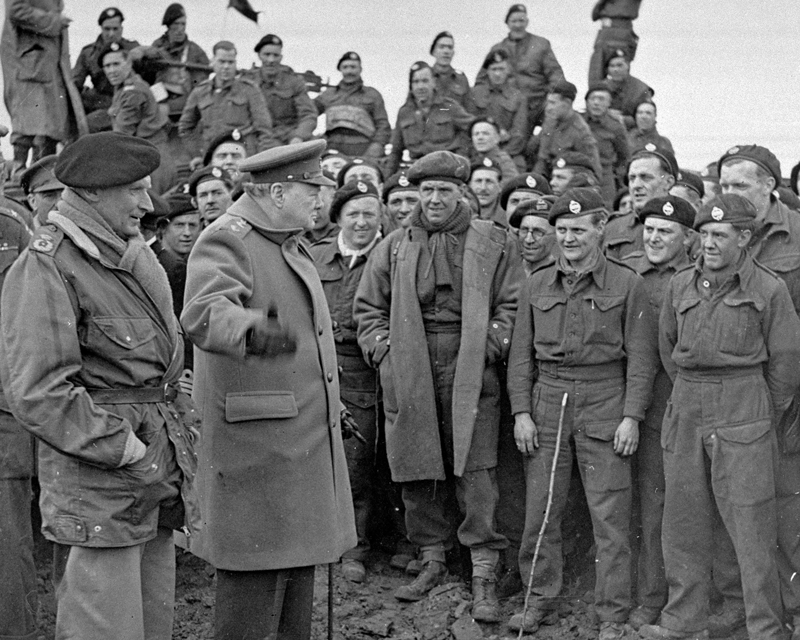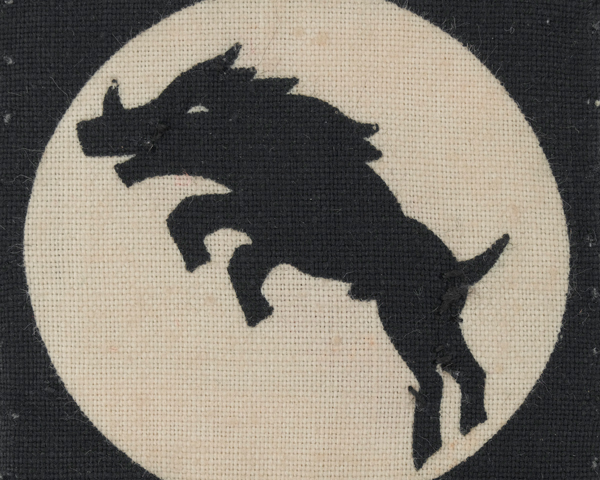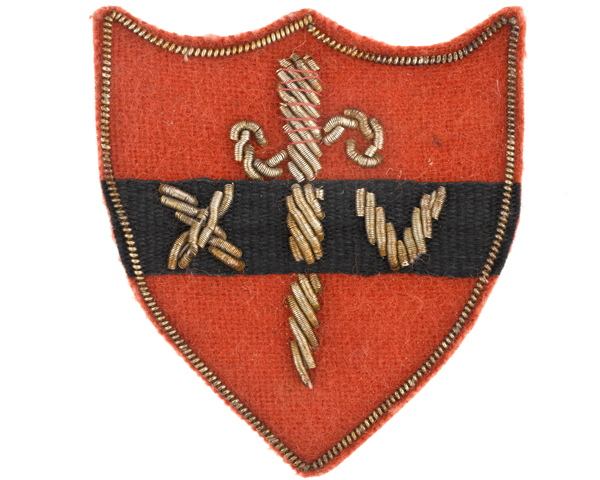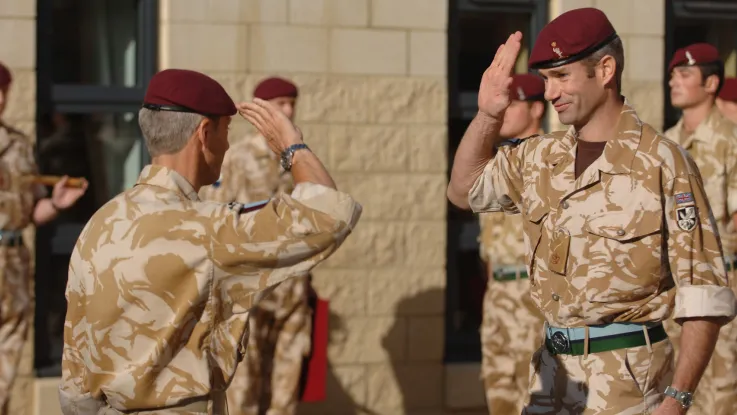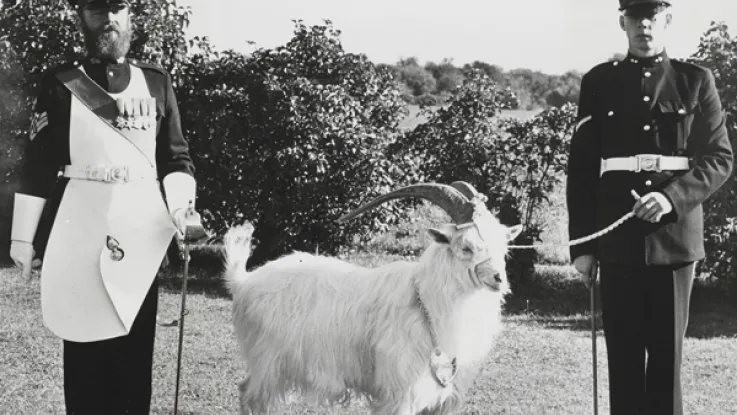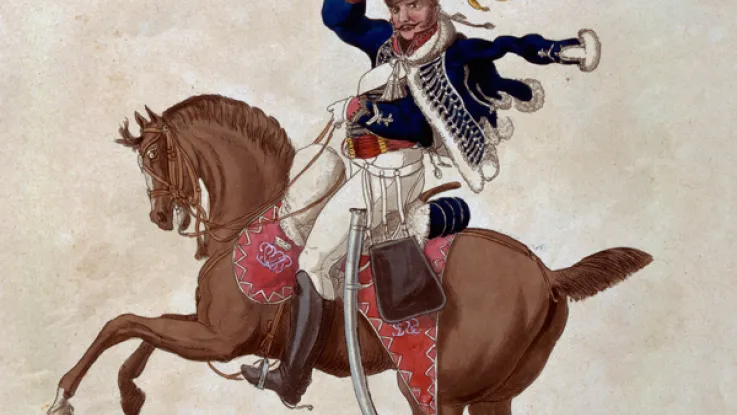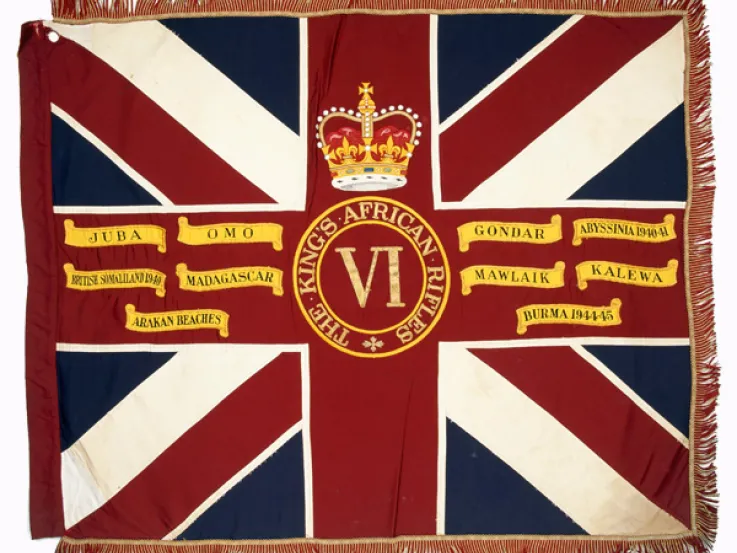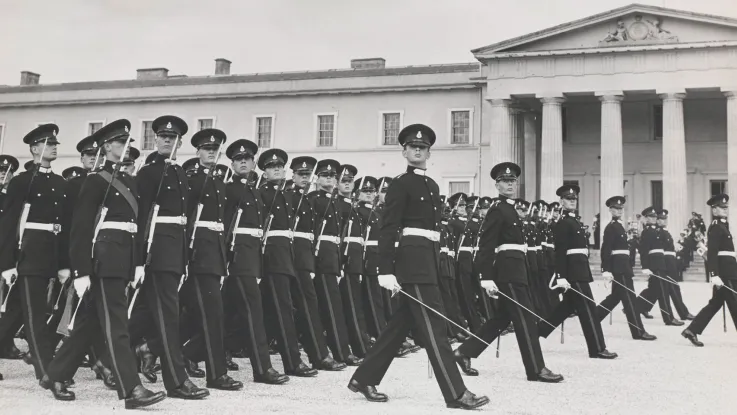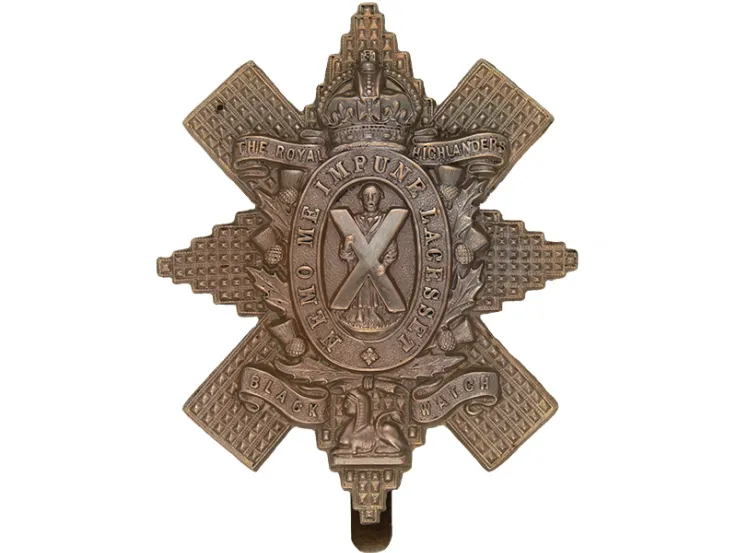The photograph above shows a section of soldiers from the Recce and Patrols Platoon, Fire Support Company, 1st Battalion The Royal Welch Fusiliers, 1st Mechanised Brigade, 3rd Mechanised Division.
That's quite a mouthful. So what exactly do all these different terms mean?
Platoon
A platoon is a part of an infantry company and is further divided into three or four sections. A British platoon usually consists of 25 to 30 soldiers. Platoons are commanded by a lieutenant or second lieutenant.
Troop
Part of a squadron of cavalry or a battery of artillery, a troop is equivalent to an infantry platoon. Troops are normally commanded by a lieutenant or second lieutenant.
Company
A company is part of a battalion and usually consists of between 100 and 150 soldiers. They are usually lettered A through to D, and made up of at least two platoons. But sometimes they have names, such as ‘Grenadier Company’ or ‘Fire Support Company’. Companies are commanded by a major or a captain.
Battery
A battery is an artillery unit equivalent to an infantry company. Sub-units of batteries are called troops. An administrative collection of artillery batteries was called a battalion in the 18th century, a brigade until 1938, and since then a regiment. Tactical artillery regiments all belong to the Royal Regiment of Artillery. Batteries are commanded by a captain or major.
Battalion
A battalion is a regimental sub-unit of infantry amounting to between 500 and 1,000 soldiers. It normally consists of a headquarters and three or more companies. Traditionally, most British regiments have had more than one battalion. But different battalions of the same regiment have seldom fought together.
A tactical grouping of battalions is called a brigade. Battalions are normally commanded by a lieutenant colonel.
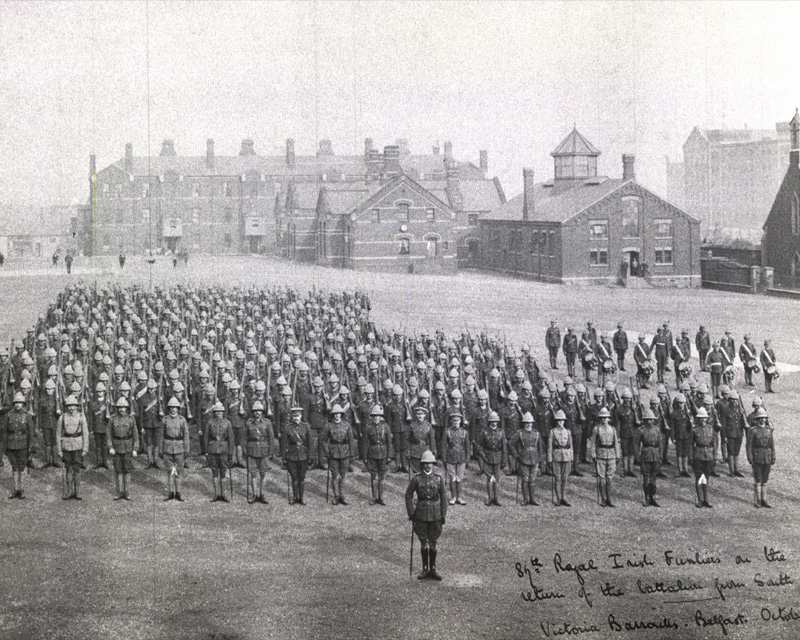
1st Battalion The Royal Irish Fusiliers parading at Victoria Barracks, Belfast, October 1902
Brigade
This is a formation consisting of three infantry battalions, or three cavalry or armoured regiments. During the World Wars, a brigade numbered between 3,500 and 4,000 soldiers.
When forming part of a division, a brigade has no internal support. But when operating independently (usually called a brigade group), it includes supporting reconnaissance, artillery, engineers, supply and transport. A brigade is commanded by a major-general or brigadier.
Division
A division is made up of three infantry, cavalry or armoured brigades. Divisions are usually equipped to operate independently in the field, and have a full complement of supporting reconnaissance, artillery, engineers, medical, supply and transport troops.
During the World Wars, the average British division numbered around 16,000 soldiers. Divisions are commanded by a lieutenant-general or major-general. The British Army currently has two deployable divisions.
Corps
This is a tactical formation made up of two or three divisions and commanded by a lieutenant-general. Corps are normally identified by Roman numerals. During the First World War, the British Army grew to encompass 22 separate corps.
Army
An army is a formation consisting of two or more corps. Armies are commanded by a general or a field marshal. An army in the Second World War numbered about 150,000 soldiers. Eleven British armies were formed during the First World War. Multiple armies operating together are known as an army group.

